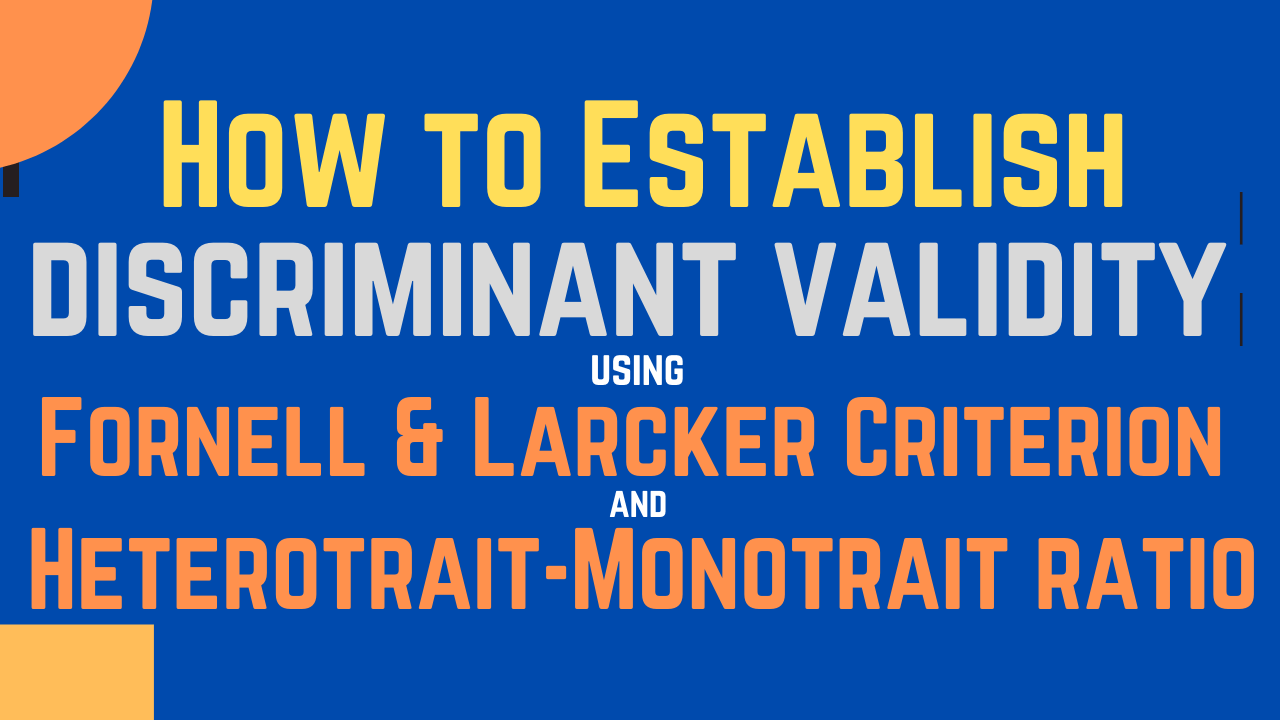
IBM SPSS AMOS Series
The focus of the tutorial is on assessing Discriminant validity using SPSS AMOS using Fornell & Larcker Criterion and Heterotrait-Monotrait Ratio

The focus of the tutorial is on assessing Discriminant validity using SPSS AMOS using Fornell & Larcker Criterion and Heterotrait-Monotrait Ratio
Discriminant validity in AMOS can be assessed using
Each of these methods are discussed in detail.
To Download the Calculator, Click Here
Collier, J. E. (2020). Applied structural equation modeling using AMOS: Basic to advanced techniques. Routledge.